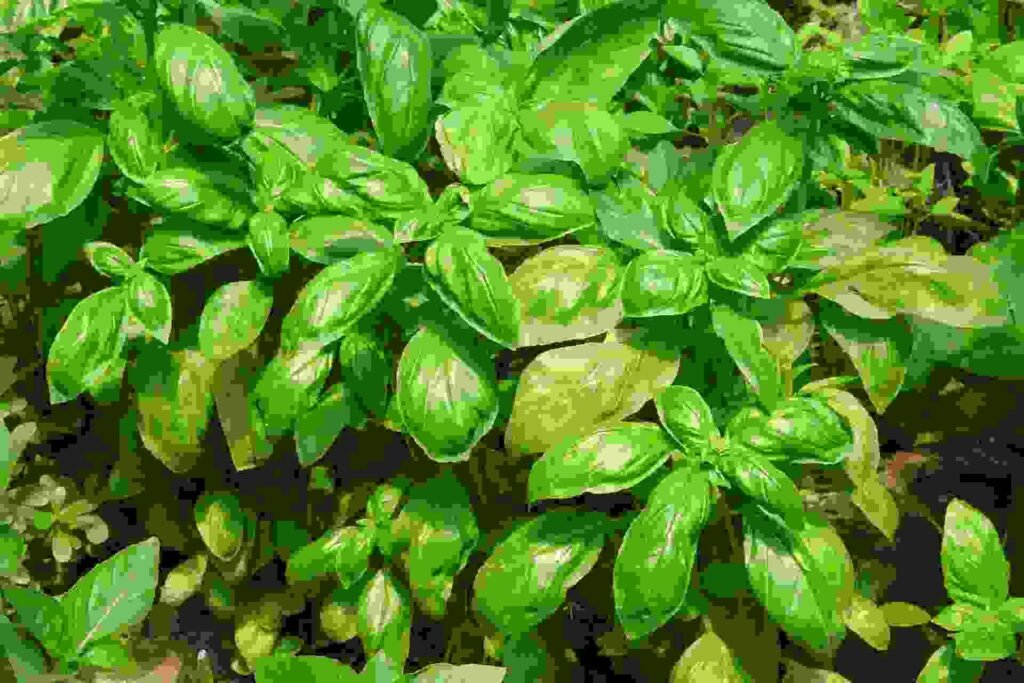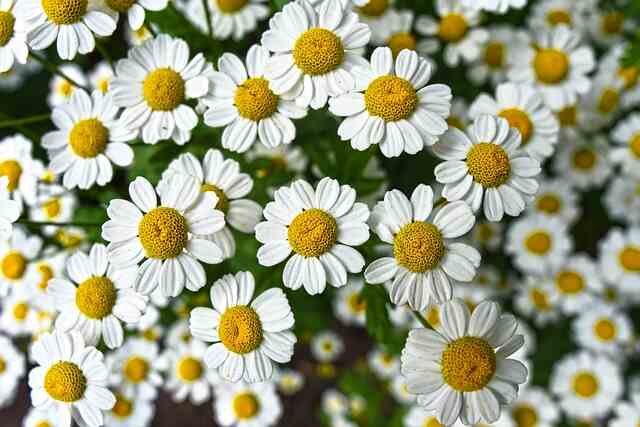Herbs are some of the most fun and most rewarding things to grow in the garden. However, if we don’t take care of them, they aren’t going to be as healthy. They’re not going to be as productive, and certainly, we’re not going to get as much out of them as we could. Different types of herbs as well as some general things to keep in mind. So there are a couple of things that you want to keep in mind in general when you’re pruning herbs.
General Tips:
The first is not to take off more than about a third to a half of an herb plant at any one time because that’s going to sort of shock the plant, and it can stunt growth, whereas taking off about a third or so is a really good idea to spur new growth. Another good idea is to prune if you’re pruning the timing matters. And of course, it’s specific to individual plants. But a good rule of thumb is to not prune around eight weeks or so before frost because then all of that new growth that’s coming out is going to get killed before it can kind of harden off and survive the winter if it’s an herb that can survive the winter.
Now let’s go ahead and figure out how to prune some of the most popular herbs that are probably in your garden. Let’s kick it off with one of the most popular in the garden, which is of course basil.
Basil:

I have an African blue basil bush here that you can see has thrown out quite a bit of flowers. Now when basil, especially an edible basil, is throwing out flowers like this, that’s a sign that it’s reaching the end of its life. It’s actually starting to throw out and produce flowers and then seeds, and that can oftentimes change the taste of the actual basil. So what you want to do is certainly take those off to spur more vegetative growth, but the area in which you prune is going to determine how bushy and productive that basil becomes. So let’s go ahead and take a look.
So let’s take this piece of the basil right. What we could do is we could come through and just take off this entire flower, and we’re good to go. This flower spike, that’s definitely going to help. But you can see we’ve left two offshoots right here. There’s one coming out right here and there’s one coming out right here. We’ve got some more flowers. So I’m going to go ahead and take that off, and I’m going to go ahead and take that off. And now we have a section that’s going to produce a lot more vegetative growth because we’ve taken off all the flowering spikes, and you can see more growth is going to come out of there, out of there, and as well out of here and here.
Let’s do one or two more of these just for an example. So again we are cutting right about there. So we’ve cut off the entire flower spike, and in this particular case, we’re going to get new growth out of here, here as well as up here in two different spots as well. It’s basically like Medusa; you cut off one head, you get two more shoots coming out. Now what if, as is the case, sometimes even this section right here that we just pruned seems a little too bushy, a little too tall and unruly. Well, what you can do is you could take this off down to the next area where new leaves start to show up because you’re going to get some branching right outside of that leaf node. What’s more, there’s really another branch-off coming out in that general area and a branch-off coming out here. So that is one more method for making it happen, perfectly over the following development hub. So we should feel free to complete up this task.
So there we have it with some simple microtip pruners; we’ve gone ahead and taken off quite a bit of this basil. Of course, if this was a basil that I used as an edible basil, it’s more ornamental for me. I could use this in the kitchen, use it for herbs, spices, whatever the case may be. But for now, this will probably go into the worm bin, and we’ve pruned up our basil. So onto the next herb, the second herb on our list, vegetable as well.
Green Onion:
Chives or green onions, they both effectively are pruned the same way. They’re both in the allium or onion family, and we eat the tops of them. So the way that we prune them is the same. The way that these guys work is they’re growing from a central point. And so instead of branching off like we just showed you with the basil, what they do is they just keep putting out new growth from a smaller central point.
And so the first pass on something like this little patch here of green onions is going to be to actually just clean up some of these yellowing sections, these dry tips, etc. So what I’m going to do is come through and just actually clean it up, and then we’ll talk about some harvesting techniques.
So when you’re pruning chives or green onions, what you want to do is take off the outer leaves all the way down to the base. And what you’ve done now is you’ve left this inner leaf and of course, more will even come out right here to grow. So you can keep these in the ground for quite a while and get successive harvests off of them. Here’s another really good example. You’ve got this leaf right here, this leaf right here, we can come through and just chop this, chop this. We’re going to use that in our salads and then this guy’s going to keep growing and eventually more growth will come out of right there.
Our third herb is going to be rosemary.
Rosemary:

So I’ve actually isolated a single stem, so I actually pruned it right here at the base of the soil, and I wanted to take this out to demonstrate. It can be kind of hard to see if you’re just looking at a giant rosemary bush. And so as you look at this, what you notice is there’s a main stem here and then it starts to branch right here, right here, the main stem continues upwards and then it’s more branching up here so you’re not going to get any new growth of rosemary if you start pruning down in this area. Certainly the more bare the stem is, the less new growth and all the way down to no new growth, you’re going to stimulate, and so if you really want this rosemary to bush up a little bit more, what you can do is you can start to take off and sometimes it’s easier if you look at it sort of from the back of the rosemary where there’s a little bit less contrast is you can start to take off. For example, I might take off this right here, this main leader, I might just pop that off and now I’m going to get some branching certainly right here, so that’s going to help me out. But really with rosemary, the lower you go the better because it’s going to bush even more and then you can keep doing that bushing process. And so another thing I’m seeing here is, you know, let’s say this was a full plant, I might even decide to take it off right here and just prune this off completely. And I’d have this going on now. These would start to go boom and boom. And you can even see there’s some offshoots that are going to develop right here. There’s one that’s going to develop right here as this one continues. And so you’re in a really good spot for your rosemary. And that’s really what I would say. Another thing you can do with rosemary is if it’s growing straight up, let’s imagine this is up, you can actually kind of bend these downwards a little bit and you’re going to start to get some new growth shooting upwards from the horizontal branches. And that’s just something that happens with rosemary that’s really interesting. So if I was to do this somehow and keep it kind of bent down, just kind of do this without breaking it of course, then you’re actually going to get new growth come up this way. So it’s a really creative technique with rosemary. One final thing, when pruning your rosemary, as far as timing goes, the best time to give it that gnarly hard prune is going to be late winter to very early spring. That’s going to be the time where it’s starting to come back into its growing cycle and you give it a nice haircut, spur some new growth and then you’ve reshaped and maintained it and you get a beautiful amount of rosemary to come. Pruning herbs guys, not only do you prune but you also get to harvest and eat them as well. So if there’s any herbs you’d like me to talk about, definitely let me know. I chose these three, the basil, the chives or green onions and rosemary because of the style is a different method for each of them, different considerations, but there’s sort of the three categories of herb pruning that you’ll end up doing. Until next time, good luck in the garden and keep on growing.



